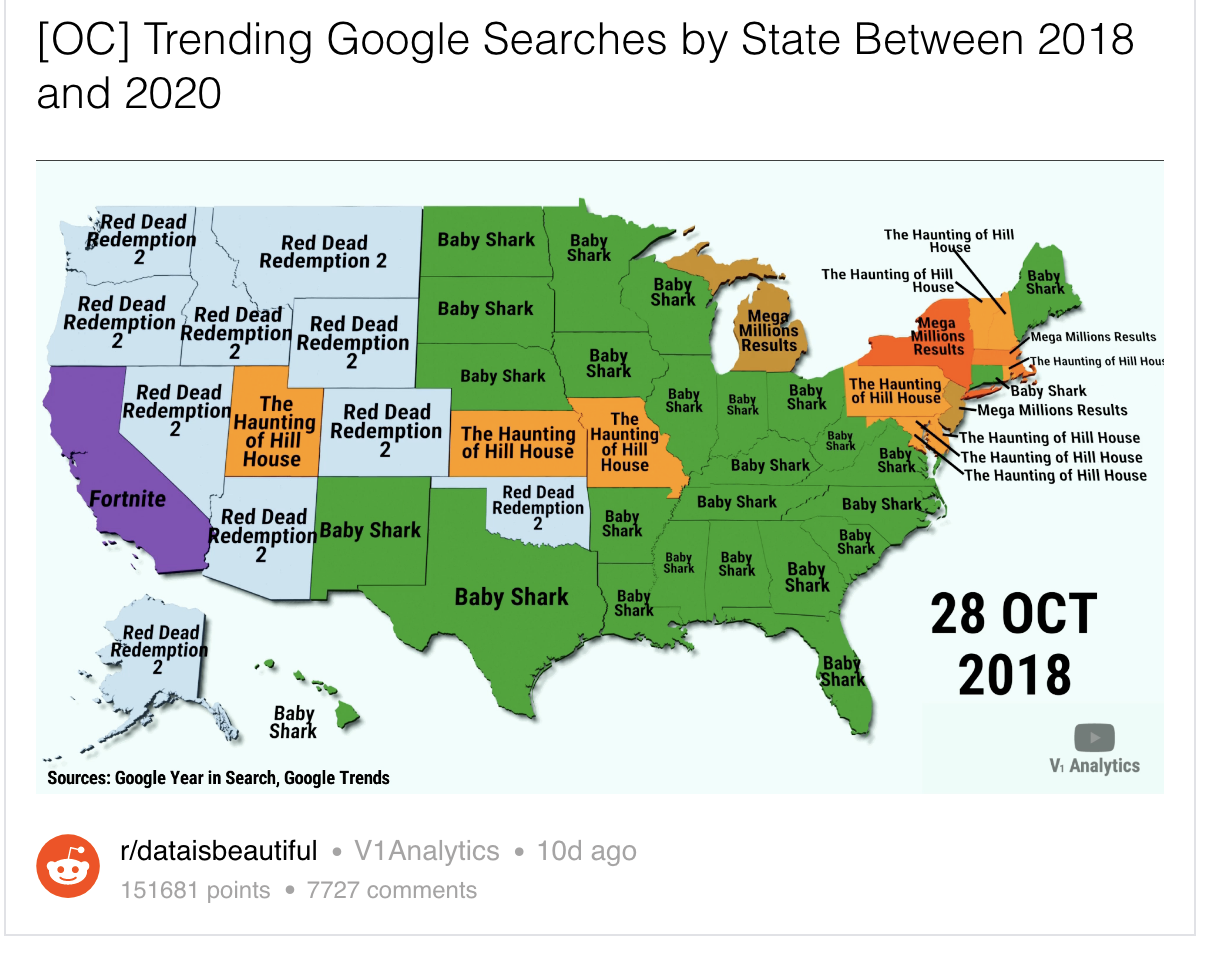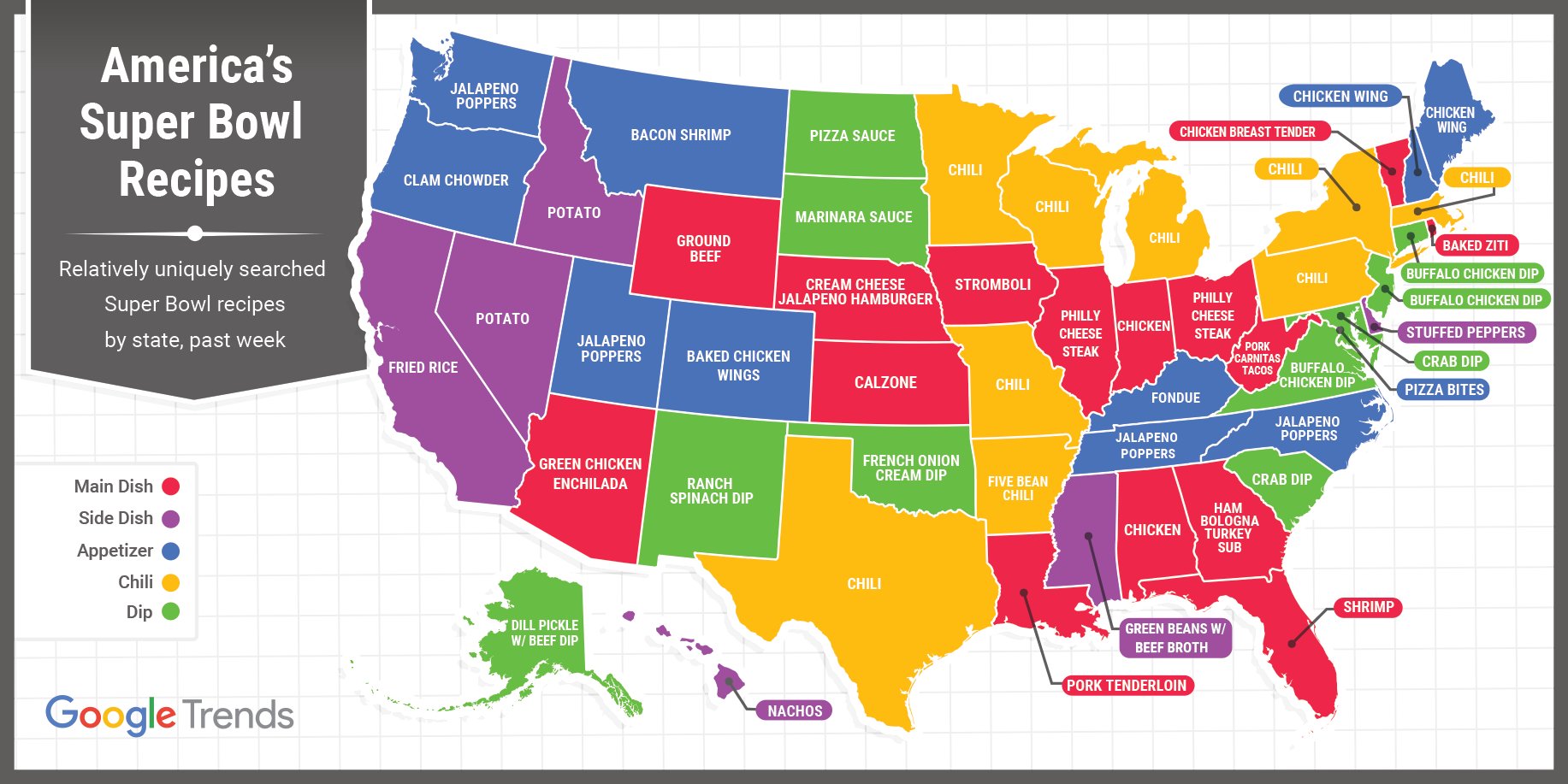

Why don't we take a look at our new dataframe using harveyMerged %>% dplyr::glimpse(78)? state.ĭplyr::mutate(region = stringr::str_to_lower(location)) Now, let’s compare the amount of interest in Hurricane Harvey for each U.S. $ value : chr "new orleans hurricane katrina" "hurricane new orleans" "new orleans" "what was hurricane katrina". $ related_queries: chr "top" "top" "top" "top". $ hits : int 100 NA 65 NA NA 50 NA NA NA NA. $ location: chr "New Orleans" "Metairie" "Baton Rouge" "Hattiesburg". $ location: chr "Biloxi-Gulfport MS" "New Orleans LA" "Baton Rouge LA" "Hattiesburg-Laurel MS". $ location: chr "Louisiana" "Mississippi" "Alabama" "Arkansas".

$ keyword : chr "hurricane katrina" "hurricane katrina" "hurricane katrina" "hurricane katrina". To understand what is actually measured on the y-axis, have a look here. The above plot shows clear spikes around the time when Katrina and Harvey hit the U.S. We’ll also add change some of the plot settings by creating our own ggplot theme. Let’s first look at how the impact of hurricanes Katrina (August 2005) and Harvey (August 2017) are reflected in how Americans have used these names as google search items over time. To restart: fn + command + shift + F10.)ĭevtools::install_github('PMassicotte/gtrendsR') (A restart of R Studio might be required for gtrendsR to function properly.
#Google trends by state download
Note that we use devtools to download a developer version of gtrendsR from Github.

mainland and then plot how often different states search for “guns.” Load packagesįirst, we load the required packages. In this example, we will look at search interest for named hurricanes that hit the U.S.

#Google trends by state how to
Google’s Simon Rogers lists some helpful examples of using the data for storytelling, such as putting trends into context or isolating them by state or city.This is a quick introduction on how to get and visualize Google search data with both time and geographical components using the R packages gtrendsR, maps and ggplot2. There are many ways to use it for search engine optimization. KeywordTool.io offers a handy filter to limit the results of a keyword and to find rising trends containing it. KeywordTool.io shows on one page all related trends and the search interest of each. The Glimpse extension turns Google Trends into an actionable marketing dashboard, allowing the quick assessment of a target search query for additional content ideas and social media priorities. Glimpse is a freemium Chrome extension that adds search volume, related keywords and questions, and the most relevant social media channels (how often the query is used on each platform). Two that do are Glimpse and KeywordTool.io. Enhanced Trends Dataįew third-party tools use Google Trends data. “Related topics” and “Related queries” - such as this example for the keyword “ecommerce” - can identify keyword optimization opportunities, including time-sensitive topics. Selecting a particular country or state shows related topics and queries in that locale.įor example, here are the related topics and queries for “ecommerce.” Clicking each topic or query in the lists produces more Google Trends results. The tools can also identify time-sensitive topics to catch the rise of search interest. “Related topics” and “Related queries” provide a high-level view of Google’s understanding of your target subject. Used by people who also search on the target query.īoth can be filtered by “Top” (i.e., most popular) and “Rising” (i.e., biggest volume increase). Categories and entities that Google considers relevant to the query. It identifies what Google considers relevant for each of your targeted queries by showing: Knowing how Google interprets each search query will help determine a page’s content for organic rankings. A date search indicates new Salesforce features in early 2018 and an announcement in late 2017 of a partnership with Google.


 0 kommentar(er)
0 kommentar(er)
